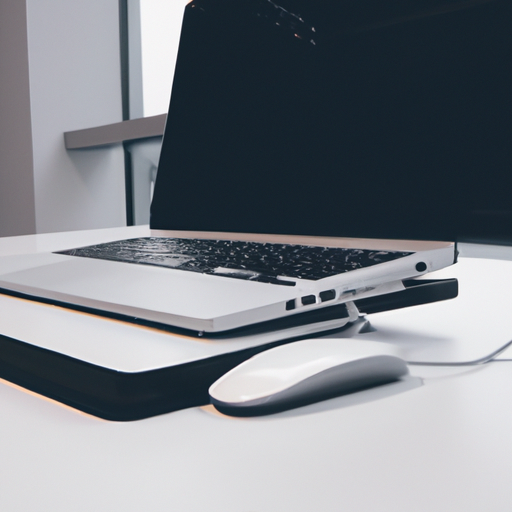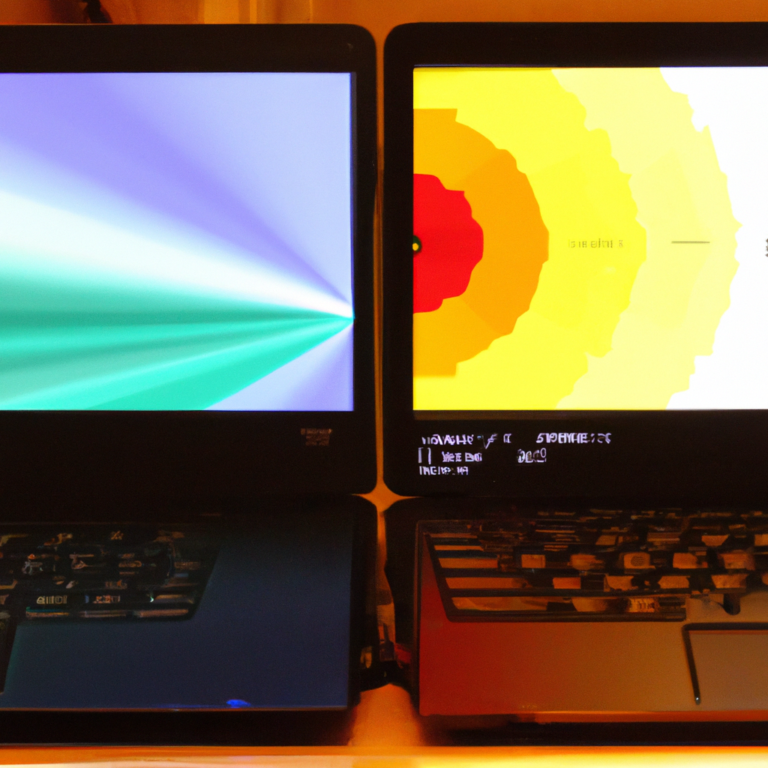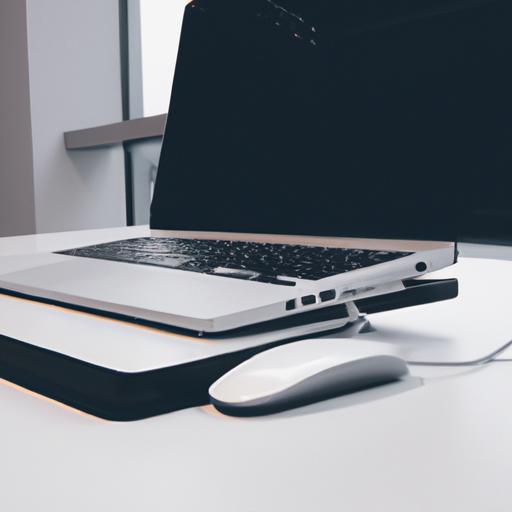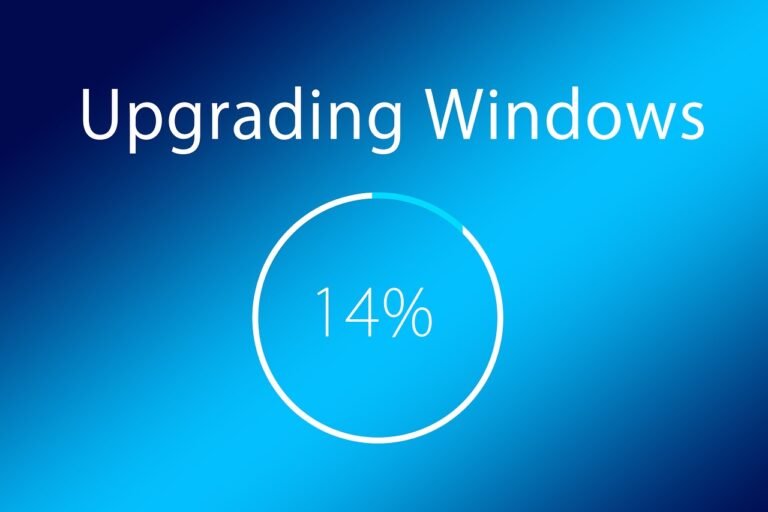What Is The Difference Between A Laptop And A Notebook?
Imagine you’re in the market for a portable computer, but you find yourself confused by the plethora of choices available. Don’t worry, you’re not alone! Many people often wonder what sets a laptop apart from a notebook. In this article, we will shed light on this puzzling question, explaining the key distinctions between these two common devices. By the end, you’ll have a clear understanding of the differences and be well-equipped to make an informed decision for your tech needs. So, let’s dive in and unravel the mystery of laptops versus notebooks!
Size and Portability
Physical dimensions
One of the key factors to consider when choosing between a laptop and a notebook is the physical dimensions. Laptops tend to be larger and heavier than notebooks, often featuring larger screens and more spacious keyboards. This larger size can be advantageous for users who prioritize a comfortable typing experience and a larger display. On the other hand, notebooks are typically more compact and lightweight, making them ideal for users who are constantly on the go and need a device that can easily fit into a backpack or handbag.
Weight
Weight is another important consideration when it comes to choosing between a laptop and a notebook. Laptops tend to be heavier due to their larger size and more robust features. This can be a drawback for individuals who value portability and want a device that can be carried around without much effort. Notebooks, on the other hand, are designed to be lightweight and easy to carry. This makes them a popular choice for travelers, students, and anyone who needs a device that can be easily transported.
Portability
Portability is a key aspect for many users when deciding between a laptop and a notebook. Laptops typically offer a balance between portability and functionality. They are portable enough to be carried around from one place to another, but they also pack more features and power than notebooks. Notebooks, on the other hand, prioritize portability above all else, sacrificing some features and performance in exchange for a slim and lightweight design. This makes notebooks an excellent choice for those who prioritize mobility and need a device that can be easily carried around during their daily activities.
Features and Performance
Processing power
When it comes to processing power, laptops generally offer more horsepower than notebooks. Laptops often feature more powerful processors, such as Intel Core i7 or AMD Ryzen chips, which are capable of handling demanding tasks like video editing, gaming, or running resource-intensive software. Notebooks, on the other hand, usually come equipped with lower-power processors like Intel Core i5 or AMD Ryzen 5, which are still capable of handling everyday tasks but may struggle with more demanding applications.
Storage capacity
Storage capacity is another area where laptops tend to have an advantage over notebooks. Laptops generally offer larger storage options, with the ability to have multiple terabytes of storage space. This is ideal for users who need to store large amounts of files, media, or software. Notebooks, on the other hand, typically come with smaller storage capacities, often ranging from 256GB to 1TB. However, with the rise of cloud storage and external storage solutions, the limited storage capacity of notebooks can be supplemented to meet the needs of most users.
Graphics capabilities
When it comes to graphics capabilities, laptops usually have more powerful dedicated graphics cards compared to notebooks. This makes laptops a better choice for users who want to play graphically intensive games, edit videos, or work with 3D modeling software. Notebooks, on the other hand, often rely on integrated graphics or entry-level dedicated graphics cards, which are sufficient for basic tasks like web browsing, watching videos, or creating documents. While not as powerful as laptops in terms of graphics capabilities, notebooks still offer satisfactory performance for everyday tasks.

This image is property of pixabay.com.
Battery Life
Power consumption
The power consumption of a device plays a crucial role in determining its battery life. Laptops tend to have higher power consumption due to their larger screens, powerful processors, and dedicated graphics cards. As a result, laptops often have shorter battery life compared to notebooks. This is something to consider if you need a device that can last all day without needing frequent charging. Notebooks, on the other hand, typically have lower power consumption and are designed to be energy-efficient. This allows them to offer longer battery life, making them an excellent choice for users who are constantly on the move and need a device that can keep up with their busy lifestyle.
Battery capacity
Battery capacity is another factor that affects a device’s battery life. Laptops typically have larger batteries due to their larger size, which allows them to provide decent battery life even with their higher power consumption. Notebooks, on the other hand, have smaller batteries to accommodate their slim and lightweight design, resulting in shorter battery life. However, advancements in technology have led to significant improvements in the battery life of both laptops and notebooks, with some models offering all-day battery life or even longer. It’s important to consider your specific needs and usage patterns when deciding between a laptop and a notebook based on battery capacity.
Usage duration
The usage duration of a device refers to the amount of time it can be used on a single battery charge. Laptops typically offer usage durations ranging from 4 to 8 hours, depending on factors such as screen brightness, processor usage, and the type of tasks being performed. Notebooks, on the other hand, often provide longer usage durations, with some models boasting up to 12 or more hours of battery life. This extended usage duration makes notebooks a popular choice for travelers and users who need a device that can last through a full day of work or study without needing to be plugged in.
Input and Output
Keyboard and touchpad
The keyboard and touchpad are essential input devices for laptops and notebooks. Laptops usually feature full-sized keyboards with good key travel and tactile feedback, making them comfortable to type on for extended periods. They also often include dedicated number pads and multimedia keys for added convenience. Notebooks, on the other hand, tend to have smaller keyboards due to their compact size. While they may not offer the same level of comfort as laptop keyboards, manufacturers have made significant improvements over the years to ensure that notebooks still provide a decent typing experience. Touchpads on both laptops and notebooks have also become more advanced, supporting multitouch gestures for easy navigation and control.
Screen size and resolution
The screen size and resolution are important factors to consider when choosing between a laptop and a notebook. Laptops typically offer larger screens, with sizes ranging from 13 inches to 17 inches or more. This larger screen real estate provides a more immersive viewing experience, making laptops a great choice for multimedia consumption or tasks that require a larger workspace, such as video editing or graphic design. Notebooks, on the other hand, have smaller screens, typically ranging from 11 inches to 14 inches. While they may not offer the same level of visual real estate as laptops, notebooks are still capable of delivering sharp and vibrant visuals, making them suitable for everyday tasks like web browsing, document editing, and multimedia playback.
Connectivity ports
The availability and variety of connectivity ports are crucial when it comes to connecting peripherals and accessories to a laptop or notebook. Laptops typically offer a wide range of ports, including USB-A, USB-C, HDMI, Ethernet, and audio jacks. This allows users to connect multiple devices simultaneously, such as external hard drives, monitors, keyboards, and mice. Notebooks, on the other hand, often have a more limited selection of ports due to their smaller size and thinner profile. While they may not have as many ports as laptops, notebooks still feature essential connectivity options like USB-C, USB-A, and audio jacks, enabling users to connect their essential peripherals and accessories.
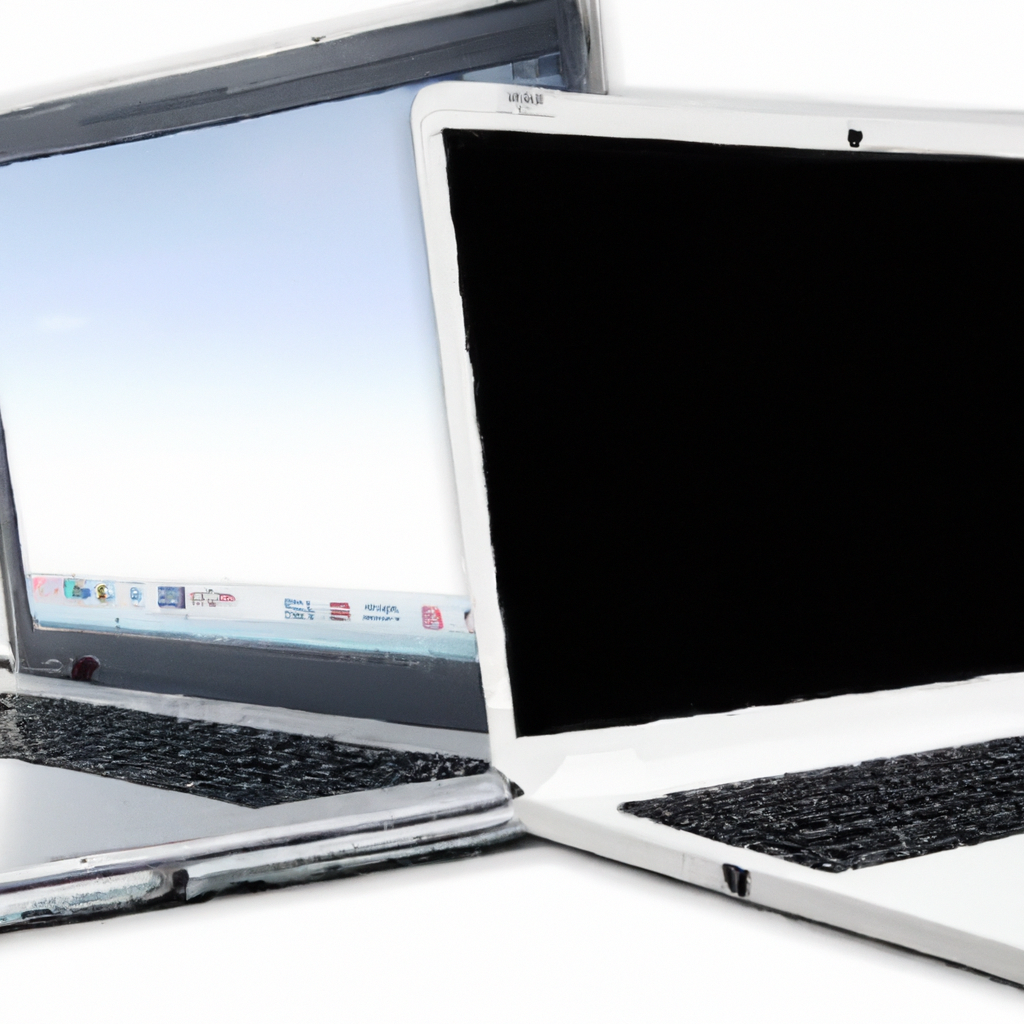
Operating Systems
Windows
Windows is one of the most popular operating systems for laptops and notebooks. It offers a user-friendly interface, a vast library of compatible software, and extensive customization options. Windows also provides excellent support for productivity tools, making it a top choice for business professionals and students. With regular updates and a large user base, Windows ensures compatibility, security, and continued development for laptops and notebooks.
MacOS
MacOS, developed by Apple, is the operating system exclusively designed for MacBooks and MacBooks Air. MacOS offers a seamless and intuitive user experience, with a focus on aesthetics and performance. It integrates well with other Apple devices and services, making it an excellent choice for individuals already embedded in the Apple ecosystem. MacOS also provides a robust security system and reliable performance, making it a popular choice among creative professionals and users in need of a reliable and efficient operating system.
Linux
Linux, known for its open-source nature and versatility, is another operating system option for laptops and notebooks. Linux offers a wide range of distributions, each with its own unique features, interface, and community. It provides users with complete control over their devices, allowing for extensive customization and flexibility. Linux is particularly popular among developers, programmers, and users who value privacy and customization options. While it may require a learning curve for those unfamiliar with Linux, it offers a secure and reliable alternative to traditional operating systems like Windows and MacOS.
Price Range
Budget-friendly options
For users on a tight budget, there are plenty of budget-friendly laptop and notebook options available. These devices often provide a good balance between price and performance, offering enough power to handle everyday tasks without breaking the bank. Budget laptops and notebooks usually feature entry-level processors, a sufficient amount of RAM, and moderate storage capacity. While they may not offer the same level of performance as higher-end models, budget-friendly options are perfect for casual users, students, and individuals who primarily use their devices for web browsing, document editing, and media consumption.
Mid-range laptops/notebooks
Mid-range laptops and notebooks offer a step up in terms of performance and features compared to budget-friendly options. These devices usually include more powerful processors, larger RAM capacity, and better graphics capabilities. Mid-range laptops and notebooks are a good choice for business professionals, students pursuing more demanding tasks like coding or video editing, and users who require a device with greater multitasking capabilities. While mid-range options may come with a higher price tag, they often provide a good balance between affordability and performance.
High-end models
For users who require top-of-the-line performance and cutting-edge features, high-end laptops and notebooks are worth considering. These devices often come equipped with the latest and most powerful processors, ample RAM, dedicated graphics cards, and high-resolution displays. High-end models are ideal for professionals who work with resource-intensive applications, gamers who demand the best graphics and processing power, and anyone who wants the absolute best performance a laptop or notebook can offer. While high-end models may come with a higher price point, they are a long-term investment for users who need a device that can handle the most demanding tasks without compromise.
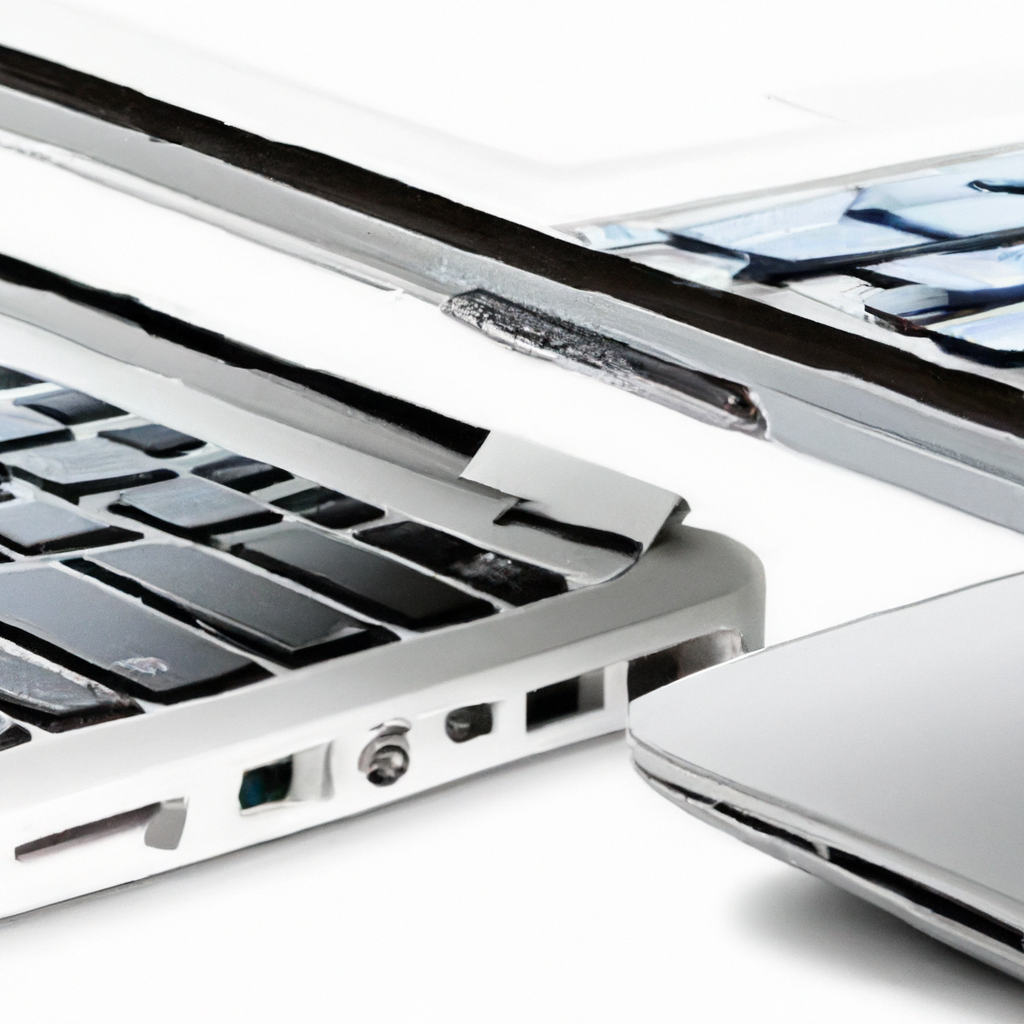
Target Audience
Business professionals
Laptops and notebooks offer valuable tools for business professionals, providing mobility, productivity, and efficiency. With powerful processors, ample storage capacity, and a range of connectivity options, these devices enable professionals to multitask, collaborate, and stay productive on the go. Business professionals often require software applications for tasks like accounting, project management, and data analysis, and laptops and notebooks provide the necessary power and compatibility to run these applications efficiently. Additionally, the sturdy build quality and durability of many laptops and notebooks make them suitable for the rigors of professional environments.
Students and educators
Laptops and notebooks are indispensable tools for students and educators, providing the necessary resources for learning, research, and collaboration. With access to the internet, educational software, and digital textbooks, students can enhance their learning experience and easily complete assignments. Laptops and notebooks also allow students to take notes and participate in virtual classrooms or online courses. For educators, these devices enable lesson planning, grading, and communication with students and colleagues. The portability of laptops and notebooks allows students and educators to work and study from anywhere, facilitating flexible and remote learning opportunities.
Casual users
Laptops and notebooks are versatile devices that cater to the needs of casual users, providing entertainment, communication, and convenience. Whether it’s streaming movies, browsing social media, or communicating with friends and family, laptops and notebooks offer a wide range of applications that cater to the needs of casual users. The ease of use and portability make them accessible for individuals of all ages and technical backgrounds. Casual users often prioritize features like long battery life, lightweight design, and intuitive interfaces, and laptops and notebooks provide an excellent balance of these features.
Durability and Build Quality
Materials used
Durability and build quality are vital considerations when choosing a laptop or notebook. Laptops and notebooks are often constructed using a combination of materials such as plastic, aluminum, carbon fiber, or magnesium alloy. High-quality materials like aluminum and carbon fiber provide better durability and resistance to wear and tear. These materials also give the devices a premium look and feel. Notebooks, with their emphasis on portability, often feature lightweight yet durable materials to withstand the rigors of frequent travel. Overall, it is important to choose a laptop or notebook made with robust materials that can withstand daily use and potential accidents.
Ruggedness
The ruggedness of a laptop or notebook determines its ability to withstand harsh conditions and accidental drops. Rugged laptops and notebooks are designed to meet military standards for durability and are built to withstand extreme temperatures, shock, vibration, and moisture. These devices are often used in industries such as construction, military, and fieldwork where devices may be exposed to rough environments. Rugged laptops and notebooks feature reinforced frames, shock-resistant hard drives, and spill-resistant keyboards to ensure that they can withstand the demands of challenging working conditions.
Longevity
Longevity is an important consideration when investing in a laptop or notebook. High-quality laptops and notebooks are built to last, using durable components and solid construction. The longevity of a laptop or notebook is often influenced by factors such as build quality, brand reputation, and the choice of components. Reliable brands with a proven track record of producing long-lasting devices are often a safer option. Additionally, taking proper care of the device, such as regular maintenance, keeping it clean, and ensuring it is protected from physical damage, can significantly extend its lifespan.
Upgradability and Customization
Memory expansion
Memory expansion refers to the ability to upgrade or add more RAM to a laptop or notebook. This is an essential consideration for users who require higher performance for demanding tasks or multitasking. Laptops and notebooks with upgradable memory allow users to increase their device’s memory capacity by replacing or adding RAM modules. This flexibility ensures that the device can keep up with evolving needs and technology advancements over time.
Storage upgrades
Storage upgrades are vital for users who need additional storage capacity for storing files, applications, and media. Laptops and notebooks with upgradeable storage often feature removable storage drives or slots for additional storage devices. This allows users to upgrade their storage capacity by adding larger hard drives or solid-state drives (SSDs). Having the ability to expand storage ensures that users have enough space to store their growing collection of files, media, and software.
Customization options
Customization options enable users to personalize their laptops or notebooks to suit their specific needs and preferences. This includes features like keyboard backlighting, customizable shortcut keys, and removable components for easy customization. Many laptop and notebook manufacturers offer a range of customization options, allowing users to choose from various configurations, colors, and additional features. Customization options provide users with a device that meets their exact requirements and enhances the overall user experience.
Usage Scenarios
Gaming and multimedia
Laptops and notebooks offer excellent options for gaming and multimedia consumption. Gaming laptops are specifically designed to deliver high-performance graphics and processing power required for modern games. They often feature dedicated graphics cards, high-refresh-rate displays, and immersive audio systems. Notebooks, while not as powerful as gaming laptops, can still handle casual gaming and multimedia tasks, such as streaming movies, editing photos, and listening to music. The portability of laptops and notebooks also allows gamers or movie enthusiasts to enjoy their favorite content anywhere.
Productivity and work
Laptops and notebooks serve as powerful productivity tools for work-related tasks. With their mobility, powerful processors, and ample storage capacity, these devices enable users to perform tasks such as document editing, data analysis, content creation, and video conferencing. The availability of productivity software, cloud storage, and collaboration tools further enhances work efficiency. Furthermore, the option to connect external monitors, keyboards, and mice to laptops and notebooks provides a desktop-like experience, boosting productivity and comfort.
Travel and on-the-go
The portability and lightweight nature of laptops and notebooks make them ideal companions for travel and on-the-go use. Whether you are a digital nomad, a frequent traveler, or simply an individual who needs to work or study from various locations, laptops and notebooks enable you to stay connected and productive. With a laptop or notebook, you can easily access the internet, work on documents, or attend online meetings while on a plane, in a coffee shop, or in a hotel room. The long battery life of many laptops and notebooks ensures that you can work or entertain yourself throughout your journey without worrying about finding a power outlet.


